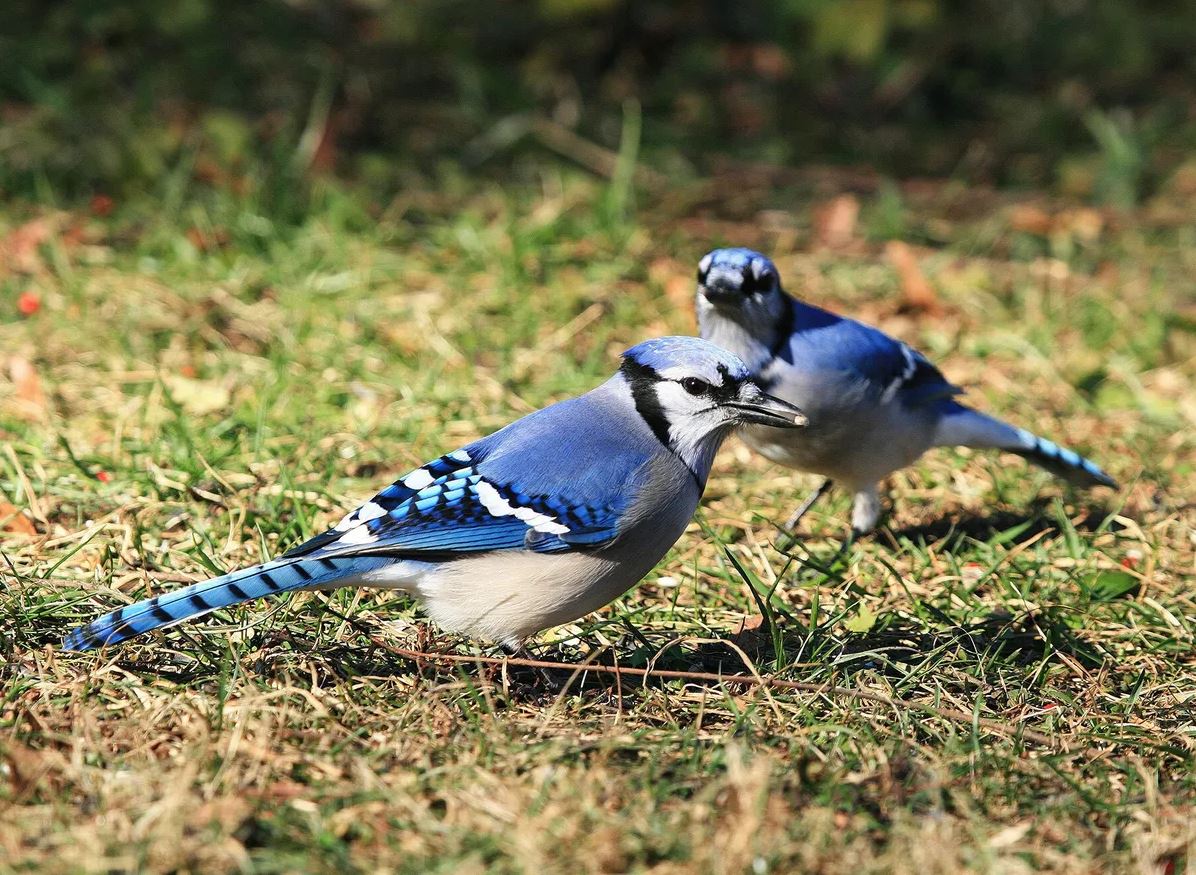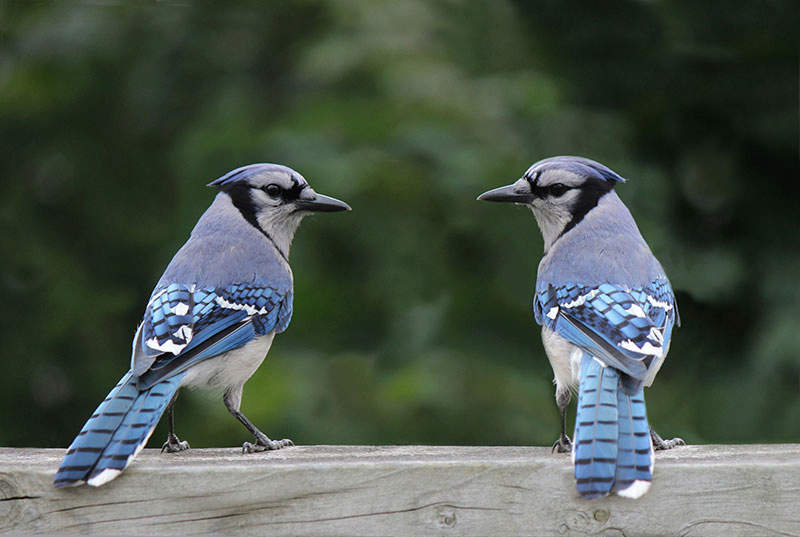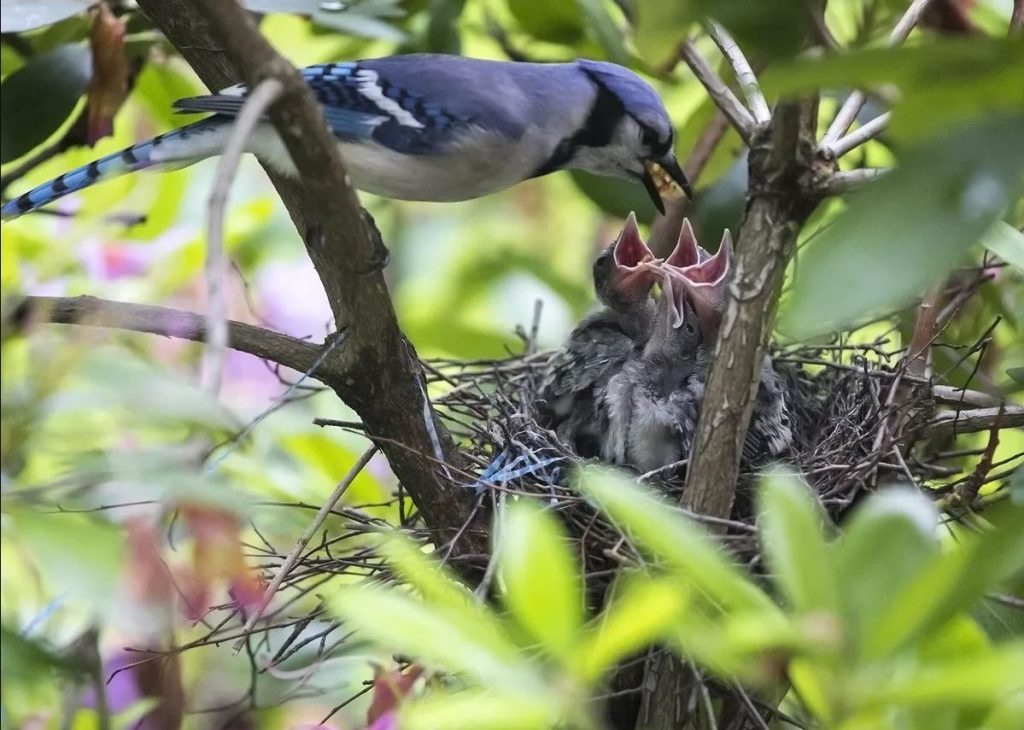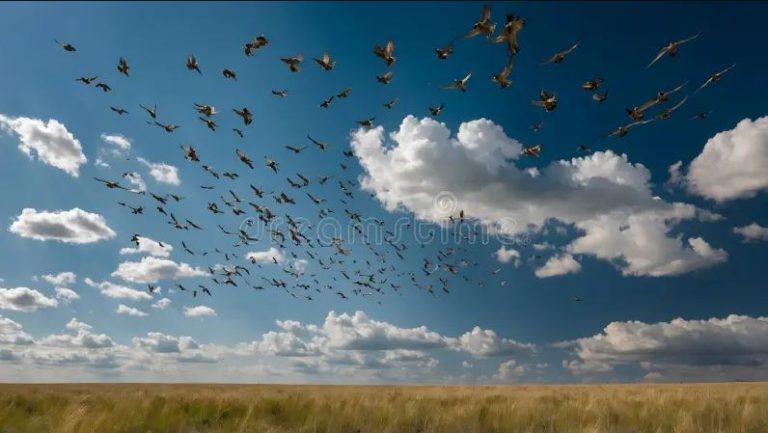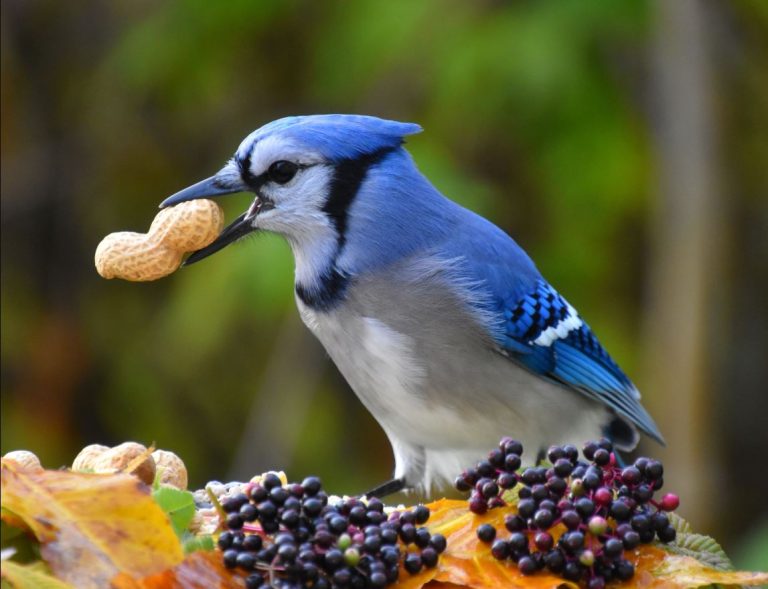Female Blue Jays: How to Identify, Understand, and Appreciate These Remarkable Birds
With over 13 years of birdwatching under my belt, I’ve spent countless hours observing one of North America’s most intelligent and vocal birds—the Blue Jay. But among the many questions I receive, one pops up again and again:
“How do you tell a female Blue Jay apart from a male?”
At first glance, it seems like an impossible task. Unlike many bird species where the males dazzle with bright colors while the females wear subdued tones, Blue Jays are sexually monomorphic—meaning both sexes look nearly identical. But after years of observation, I’ve learned to appreciate the subtle cues, behaviors, and seasonal differences that reveal the story of female Blue Jays.
In this in-depth guide, I’ll explore:
- How to identify female Blue Jays
- Their role in nesting and parenting
- Behavioral traits unique to females
- Interesting vocalizations
- Seasonal patterns and regional variations
- And how you can support female Blue Jays in your own backyard
Let’s dive into the world of these fascinating birds.
What Are Blue Jays?
Before we zoom in on the females, it’s essential to understand the basics. Blue Jays (Cyanocitta cristata) are part of the Corvidae family, which includes ravens, crows, and magpies. They’re found throughout eastern and central North America, from southern Canada to Texas and as far east as Florida.
They’re known for their:
- Vivid blue plumage
- Strong social behavior
- High intelligence
- Loud and varied vocalizations
But despite all that flash and personality, male and female Blue Jays look strikingly similar—which is where the mystery of the female Blue Jay begins.
Can You Tell Female Blue Jays Apart by Appearance?
The Truth About Plumage
The short answer is: No, not easily.
Both male and female Blue Jays share the same vibrant colors—sky-blue wings, a white belly, and black facial markings that give them a masked appearance.
According to the Cornell Lab of Ornithology’s All About Birds, there is no visible plumage difference between male and female Blue Jays, even during breeding season. Unlike Northern Cardinals or American Goldfinches, Blue Jays do not display sexual dimorphism in coloration.
📌 Expert Note: In the field, I’ve occasionally noticed slightly smaller or sleeker individuals who turned out to be females, but this is anecdotal and unreliable. Weight and size overlap too much to be a definitive cue.
Subtle Size Differences
There can be a size difference—males are usually about 5–10% larger, especially in head and bill size. However, this is barely noticeable unless you’re handling the birds (as researchers do) or observing a pair side by side during courtship.
Female Blue Jay Behavior: What Really Sets Them Apart
If you can’t rely on appearance, behavior is your best clue—especially during the breeding season.
1. Nesting Duties
During my years observing Blue Jays nesting, one pattern became clear:
The female does most of the incubation.
After a pair mates, they’ll build a nest together, but it’s typically the female who sits on the eggs for about 17–18 days. During this time, the male feeds her, often delivering food directly to her beak. This behavior is called mate-feeding and is one of the strongest field clues that you’re watching a female Blue Jay.
Citation: A study published in the Wilson Journal of Ornithology (Tarvin & Woolfenden, 1999) confirms that Blue Jay males perform food-provisioning while females incubate.
2. Nest Defense and Aggression
Interestingly, both sexes aggressively defend the nest, but females tend to be more discreet. While males often swoop and scream to distract predators (including humans), females may remain silent and still on the nest—relying on camouflage and stealth rather than attack.
3. Post-Hatching Care
After the chicks hatch, both parents feed the young, but the female may spend more time brooding the chicks (keeping them warm) during the first few days. Once the nestlings grow feathers, both parents become highly active in feeding and teaching them.
Female Blue Jays and Vocalization
Blue Jays are expert mimics and communicators. One of their most famous calls mimics hawks like the Red-shouldered Hawk—a trick used to scare off other birds from feeders or distract predators.
But what about vocal differences between the sexes?
What the Science Says
There’s limited research indicating consistent vocal differences between male and female Blue Jays. However, some experienced birders, including myself, have noticed:
- Softer “chattering” vocalizations near the nest from females
- Males using louder calls for territory defense or food claiming
That said, vocalization alone is not a reliable method of sexing Blue Jays.
Courtship Behavior: A Window Into Her Identity
If you want to identify a female Blue Jay, watch during courtship season (typically March to May in most of the U.S.).
Here’s what I often see:
- A group of males chasing a single female in what’s called a courtship chase.
- The female flies slowly, almost teasingly, while males pursue.
- Eventually, she chooses a mate based on his persistence and food-offering skills.
Once paired, the male follows her closely—almost like a bodyguard—until nesting begins.
Lifespan and Mating Habits
Do Female Blue Jays Mate for Life?
Blue Jays are believed to form monogamous pair bonds, often lasting for multiple breeding seasons. In some cases, they may even mate for life, though research shows that this can vary by region.
According to Cornell’s NestWatch, Blue Jays demonstrate strong pair bonds and return to the same nesting territories year after year.
Seasonal Behavior and Migration
Contrary to popular belief, not all Blue Jays migrate. Some populations are partial migrants—meaning some birds stay year-round while others head south in winter. Interestingly, females are just as likely to migrate as males, and there’s no clear pattern in who stays or goes.
During winter, female Blue Jays become less territorial and often join mixed-species flocks. I’ve observed them at backyard feeders alongside chickadees, nuthatches, and even woodpeckers.
How to Support Female Blue Jays in Your Yard
Whether you’re hoping to observe courtship, nesting behavior, or just enjoy their presence, there are several ways to attract and support female Blue Jays.
1. Offer Nutritious Food
Female Blue Jays need high-energy food, especially during egg-laying and chick-rearing seasons.
Best foods:
- Peanuts (shelled or unshelled)
- Black-oil sunflower seeds
- Suet cakes (especially with nuts and fruit)
- Mealworms (great for feeding chicks)
💡 Tip: Use platform feeders or large hopper feeders, as jays are too big for small tube feeders.
2. Provide Nesting Sites
Blue Jays nest in deciduous trees, especially dense oaks and maples. They prefer medium height (10–30 ft) with thick cover.
Avoid trimming trees in spring, and leave natural materials like twigs, bark, and leaves available.
3. Offer Clean Water
Birdbaths and shallow water dishes are essential—especially during hot months. Place them near dense shrubs to offer quick cover from predators.
4. Minimize Disturbance
Avoid peeking into nests too often. While female Blue Jays are more tolerant of humans than many birds, repeated disturbances can cause stress or even nest abandonment.
Fun Facts About Female Blue Jays
- Brainy Birds: Blue Jays—both male and female—are highly intelligent and capable of caching food, using tools, and solving puzzles.
- Color Trickery: Their blue color isn’t caused by pigment, but by the way light reflects off the structure of their feathers—a phenomenon called structural coloration.
- Loyal Moms: In one study, females were shown to remain with the nest through harsh weather, including snow and rain, while the male brought food to her.
Final Thoughts: Why Female Blue Jays Deserve More Attention
As birdwatchers, we often gravitate toward flashier males or species with clear sexual dimorphism. But Blue Jays challenge that instinct, urging us to look deeper than appearances.
The female Blue Jay, with her quiet strength, parental dedication, and sharp instincts, is just as fascinating—if not more—than her male counterpart. And while she may not stand out at first glance, watching her behavior over time reveals a rich, rewarding story of survival, intelligence, and care.
Whether you’re a seasoned birder or a beginner, I encourage you to pay close attention to Blue Jay pairs this season. The female’s role is essential, and once you begin to recognize her patterns, you’ll gain a whole new level of appreciation for this remarkable bird.
FAQs
1. How can you tell a female Blue Jay from a male?
Male and female Blue Jays look almost identical in color and size, making them hard to distinguish. However, during breeding season, females can often be identified by their nesting behavior—especially while incubating eggs—as the male will frequently feed them at the nest.
2. Do female Blue Jays sing or call differently than males?
Both sexes produce a wide range of calls, but females may use softer, more subtle vocalizations, especially near the nest. There is no definitive vocal difference, though males tend to be louder and more territorial during the breeding season.
3. What role does the female Blue Jay play in raising chicks?
The female Blue Jay incubates the eggs and broods the chicks during their first days of life. While both parents feed the young, the female takes on most of the early nurturing duties while the male provides food.
4. Do female Blue Jays migrate?
Some female Blue Jays migrate, while others stay year-round. Migration patterns vary by region and even from year to year, with no clear distinction between male and female behavior in this regard.
5. How can I attract and support female Blue Jays in my yard?
You can support female Blue Jays by offering high-protein foods like peanuts and sunflower seeds, providing clean water sources, planting native trees for nesting, and avoiding tree trimming during nesting season.

